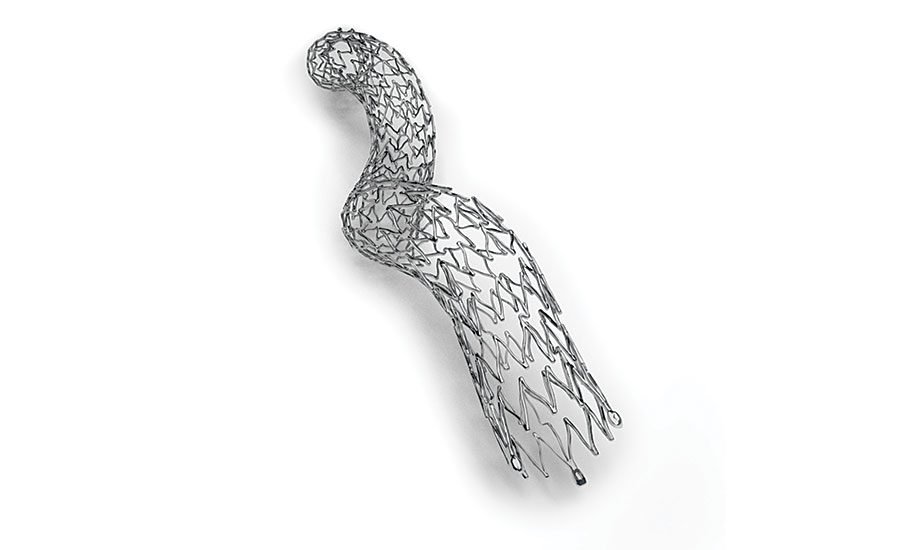In this post I will talk about artificial muscles based in polymer. An alternative to electrical motors to move robots and create prosthesis.
Why artificial muscles?
Muscle can be lighter and stronger than electrical motors, work to all sizes without efficiency loss and can be smaller than electrical motors to small robots. Nitinol alloys are fragile, slow and can`t move big loads. I already wrote a post about artificial muscles based in Nitinol. Click in this button to read the post.
 NitinolClick here
NitinolClick here
How it works?
The polymer must be dielectric elastomer, a type of plastic which contracts in the direction of the electric field and expands in the perpendicular direction.

When there is a difference of potential between conductor plates, the charges in the electrodes attract each other because they have opposite signal. The dielectric contract itself expanding it`s area. The dielectric elastomers have thickness between 30 and 60 micrometers. One of the problems is that those materials need a high voltage by kV to expand. But there are researches in progress to reduce the necessary voltage to activate elastomers.
Ionic polymers
Electronic polymers move electrons and the ionic ones move ions. The electronics react faster because it is easier to move electrons than ions. The dielectric elastomers can be moved in air while the ionics need to be bathed in solvent. Here is an example of ionic polymer soaked in salty solution of Pt(NH_{3})_{4}HCl and have a platinum layer in the electrodes.

In this polymer the water molecules link to cations (positive charge ions). When the voltage is applied the cations with water molecules are attracted to the negative pole which swell more than the positive. Those polymers need less voltage than electronics.
Some other applications
Elastomers also can serve as wearable generators, which can convert human motion in energy. Here are cells with flexible generators.

Dielectric elastomers can be used as pressure sensors because generate electrical energy when are deformed.

Can be applied in toys like this aquarium with robotic fishes swimming with electroactive polymers.




